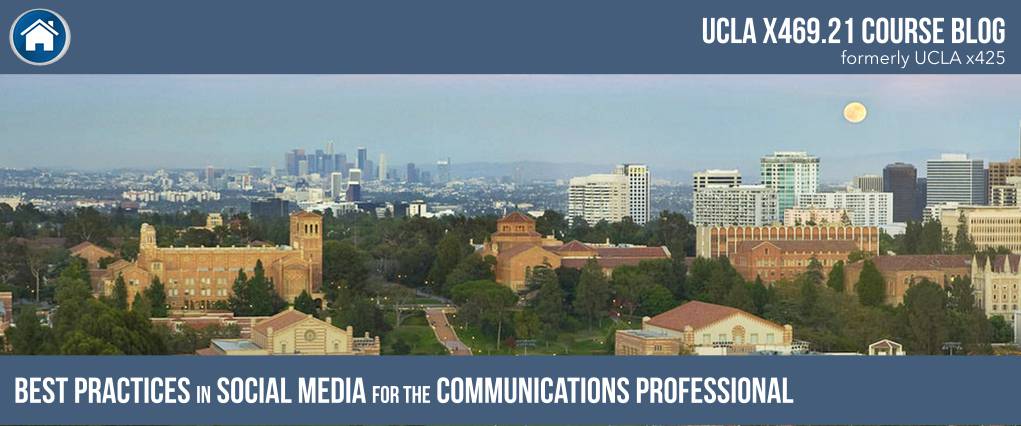
Week 2: A Conversation with Guest Speaker Babette Pepaj by Naside Calli
By UCLA X469.21 Student Naside Calli

NASIDE CALLI
Last week our class welcomed guest speaker Babette Pepaj, a former multimedia producer who’s the founder of BakeSpace.com — the web’s first food-themed social network.
The story of BakeSpace is very interesting. After taking a cake decorating class in pursuit of a new hobby, Babette was impressed with the passion and friendliness of the foodie community. She realized that food lovers wanted to be more interactive online, which led her in 2006 to create a social platform for foodies to interact in real time.

Babette Pepaj
For our class, Babette used her experience working in both traditional and new media to help us learn how to use different social media platforms effectively. The discussion also included a few technical tips for improving content creation.
First, she stressed the importance of being present where your target audience is on social media. Being an authentic part of the community – whether it’s on Facebook, Instagram or some other platform — is the key way to drive people to action. Babette knows her audience well and has found that Facebook and Instagram are usually the most effective platforms (outside of BakeSpace itself) to reach them.
With regard to images, Babette recommended using a tool such as Canva to make photos more visually appealing. With Canva, you can use various visual elements and create images that are optimized for each major social media platform.
When it comes to video, while YouTube comes first to our minds, Babette focused on Facebook’s new ‘Watch’ video platform that allows users to create their own shows. One challenge with Watch is that you can’t transfer your brand Page audience, but Facebook promotes such videos to help creators build engagement.
Babette believes in conversations, so ‘live’ platforms that facilitate real-time discussion are her favorites. But she emphasized that before trying to engage an audience, you must first define your goals. This is important because each social media platform can serve a different marketing purpose. For example, YouTube is great if you want a place where your videos live and be shared easily, while Facebook or Instagram work better if you are trying to build a community around your videos. Choosing the right platform also depends on your personality. While some people are good at live video, others are more comfortable recording and editing a video before it’s posted. Babette also stressed the value of posting content consistently so the audience will look forward to your feed.
A few of Babette’s other tips:
- Use ‘belive.tv’ to turn a Facebook Live video into a multi-person show that can include your friends or other guests.
- Snapchat is not just about short-lived snaps. Geofilters are a great tool to promote an event or a business. You can design custom filters based on a location you define. Restricting the geo-fence only to the area you need will help reduce cost.
- Instagram’s popular “Stories” feature has changed so stories no longer disappear. They can now be archived and used for other marketing activities. Babette also suggests using a browser capture tool such as ‘screenflow’ to record stories so you can repackage them for additional uses.
I learned quite a bit from Babette’s ideas and experiences, which were very insightful.

